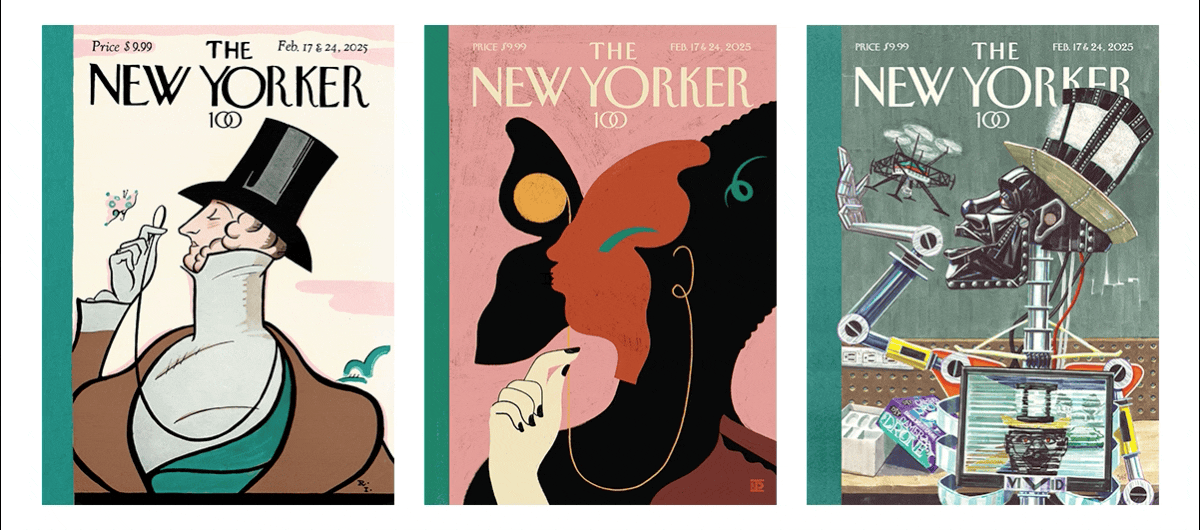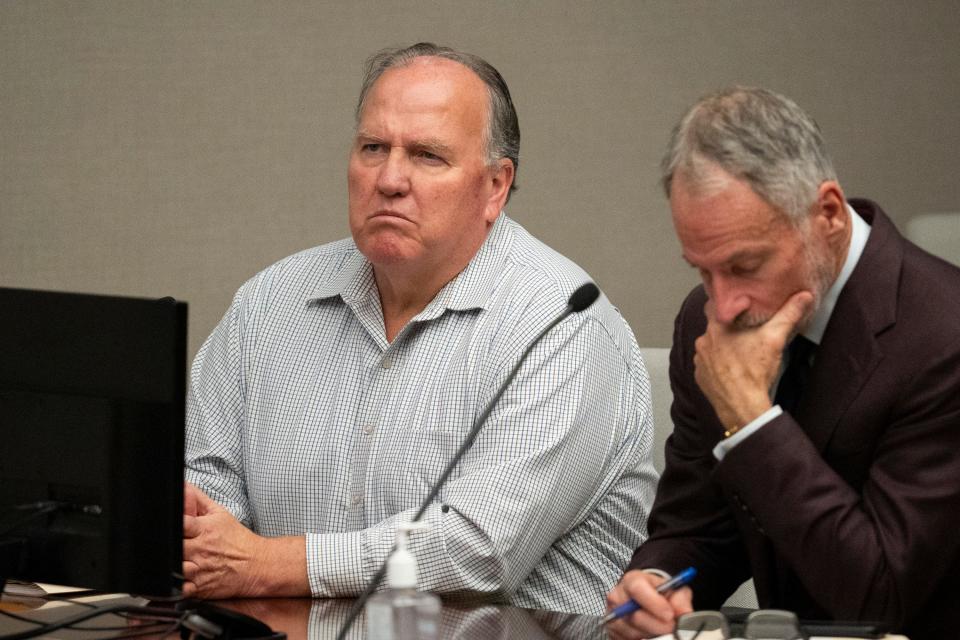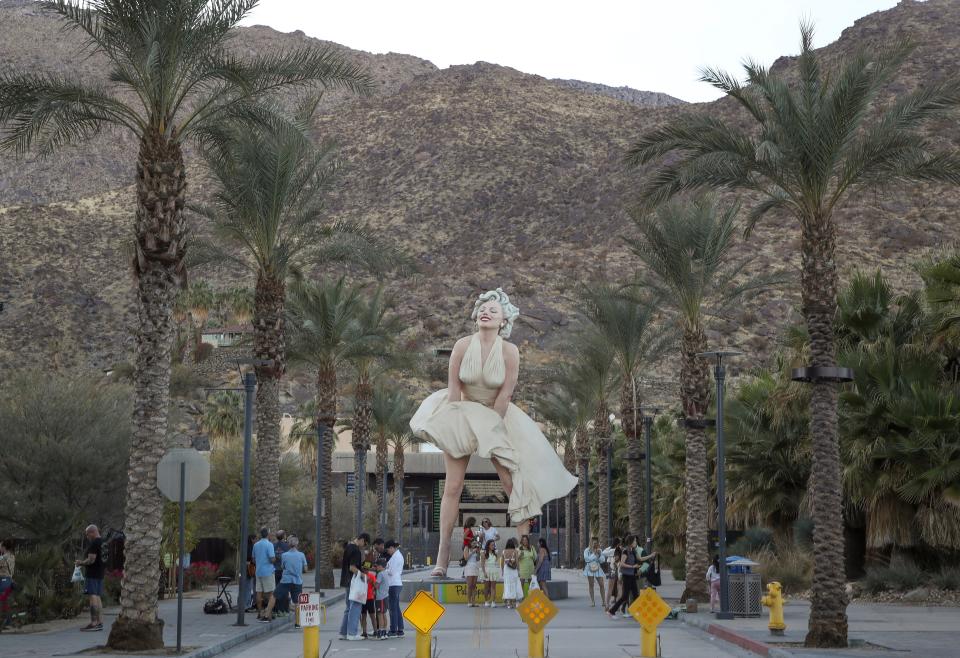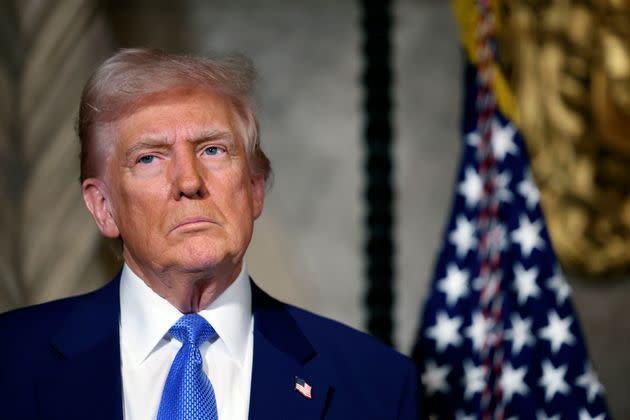A huge event, with hundreds of participants, takeout pizza boxes stacked shoulder-high on carts, a jazz-rock band, a d.j., teams from about thirty high schools, robots by the dozen, and robot parts by the (probably) thousands spread out on tables in the cafeteria: it was the first day of the qualifiers for the all-city semifinals in the NYC FIRST Robotics Competition, at Francis Lewis High School, in Queens. On weekdays, about forty-four hundred students attend the school. The competition occupied two-thirds of the gym, an echoing space with bleachers, a big American flag on the wall, and twelve basketball backboards. In the rest of the building on this Saturday the hallways were empty.
Michael Zigman, the C.E.O. of NYC FIRST, a nonprofit that provides STEM-education resources for students in public schools, stood in the gym, calculating in his head how many people were there. Zigman is a tall, kindly fifty-five-year-old Queens-born man who made money advising tech investors in the early two-thousands and then, in 2016, joined NYC FIRST. Eyes looking upward, he listed the number of competitors, teachers, advisers, volunteers, referees, and judges: about seven hundred and fifty, total. He did this mental calculation quickly and effortlessly.
The 100th Anniversary Issue
Subscribers get full access. Read the issue »
NYC FIRST has four STEM-education centers spread throughout the city: one on Roosevelt Island; one near Cadman Plaza, in Brooklyn; one in the Washington Heights branch of the New York Public Library; and one in the Andrew Freedman Home, on the Grand Concourse, in the Bronx. (It is important always to mention that the Andrew Freedman Home is a block-long mansion built in the twenties by a man named Andrew Freedman as a rest home for millionaires who had lost their fortunes. Now it is owned by the Mid-Bronx Senior Citizens Council, which rents space to nonprofits.) The Heights Techies and Kenny Donuts, two Bronx robotics teams who had built their robots at the Freedman Home, would be participating that day.
Robotics teams can advance to state, national, and world championships in the competitions. The world championship will be held in Houston in April. The robots compete in several tasks: moving plastic blocks shaped like half-sticks of butter, throwing rubber rings, climbing up stairs and over obstacles, and hoisting themselves onto crossbars. The plastic blocks are called samples, unless they have hooks attached to them, in which case they are called specimens. The blocks must be placed in baskets or hung by their hooks on the bars. The tasks are performed in contest rounds of two minutes and thirty seconds. The robots, which are boxlike metal accumulations of tech stuff and articulated arms, all on wheeled metal chassis, can be no more than eighteen inches per side. In the cafeteria pit area, a girl in a dark-blue head scarf with little sequins on the forehead explained to a visitor how the wheels, set at an angle, enable the robots to go both straight and sideways. These wheels are called Mecanum wheels, she said.
Into the gym marched an honor guard, in full uniform with white braid, holding (fake) rifles and bearing the flags of the United States and Francis Lewis High School. In came the school’s choir, which sang the national anthem a cappella, feelingly. Then, on the gym floor, in two twelve-foot-square, rubber-surfaced, enclosed competition areas, the robots went at it. They moved in the same energetic, abrupt, pause-filled way that kids move when they do the Robot. Each machine had two operators—a driver and a robotic-arm controller, both with joysticks. With them stood other members of their team, some writhing with body English as they watched. Referees dressed like regular sports refs oversaw the action. According to one of many rules, the robots are not allowed to deliberately interfere with one another.
The matches continued for about five hours, carried forward by the cheering of spectators, who filled the bleachers. At the end, officials gave the over-all prize to a team from the Young Women’s Leadership School of Astoria, in Queens. The girl with the sequinned head scarf was among those jubilantly accepting.
Zigman asked the team to wait a second while he took a group photo, as he had done with other winners. “I love this,” he said, as the kids dispersed. “Look at who was here today. All kinds of kids—African Americans, Indians, West Indians, Asians, Hispanics, Muslims, Jews. Our STEM centers, which stay open every day until 10 p.m., are just thronged. We have kids working on robots in the halls. Kids are fascinated with this. They work together, help one another, pick up math skills almost unconsciously. Differences of race, religion, your truth, my truth—all of that vanishes. Here the truth is the robots.” ♦
#Robot #School







Leave a Reply